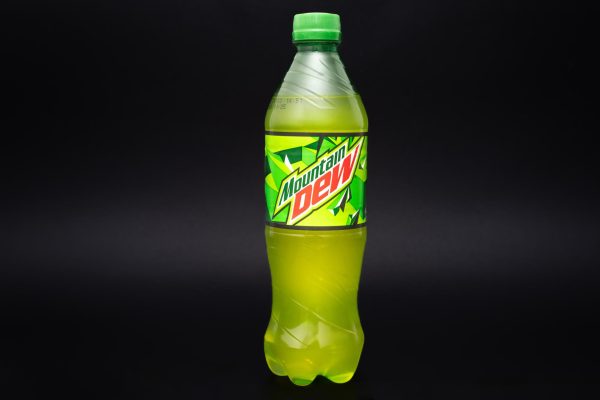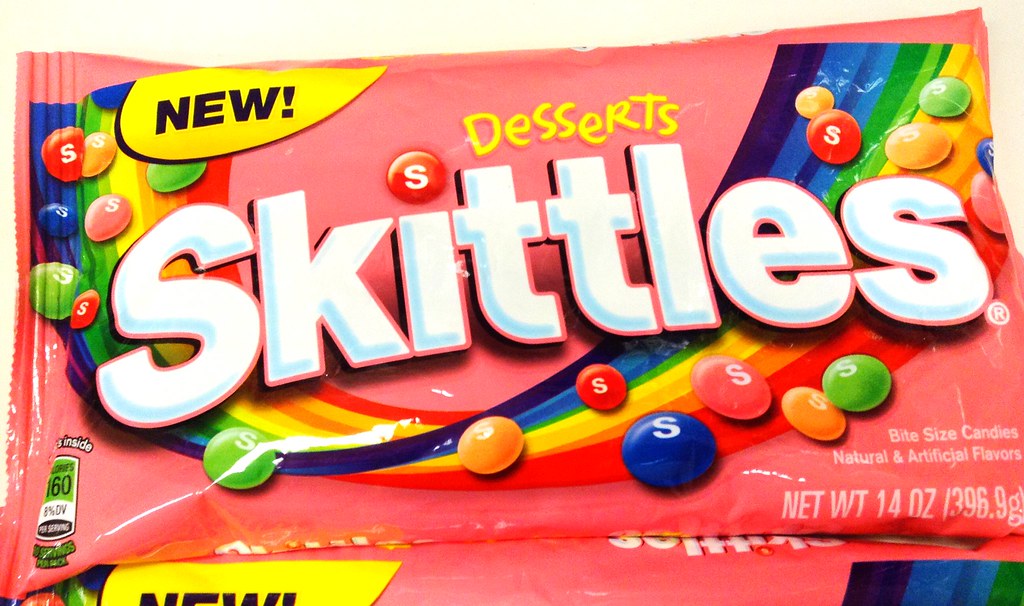The joy of hearing a “Yes” after asking to get McDonald’s as a kid has followed many teenagers into their young adult lives, and this joy has bigger health implications than we might think. According to National Institute of Health, approximately half of adults have one or more chronic diseases related to a poor quality diet. But these health issues don’t just appear; food habits are often created during childhood and teenage years.
The reasoning for this statistic comes from a variety of factors, but at WJ, the culture and convenience of fast food play the biggest role.
The food culture in the US is different from that of other countries. The American “cuisine” in its most basic form is fast food, such as hotdogs, burgers and pretzels. While these foods can be made with better ingredients at home, they are dominated by the fast food industry.
For WJ, one factor that increases students’ consumption of fast food is open-lunch. With so many businesses surrounding WJ, including those at Georgetown Square, Wildwood Shopping Center and Montgomery Mall, resisting the temptation can be hard. Additionally, if all of your friends are eating Chipotle or Chick-fil-a, pulling out a bagged lunch can feel awkward.
“I feel like I would rather go outside to get lunch with my friends instead of packing my own lunch,” junior Taylor Simmonds said. “I think it’s also because everything is so close to us that it’s eye-grabbing as soon as I get out of school. I would prefer to bring lunch, but I don’t.”
While there are healthier options in the fast food realm, such as Bethesda Bagels and Fish Taco, the hefty price of the meal often deters students who buy food every day, pushing them towards less healthy options such as McDonald’s.
“[Increasing food prices] do deter me a little bit, but I convince myself that it’s alright and I just go towards the cheaper option,” Simmonds said.
Another alternative to eating out and not having to pack a lunch is the cafeteria food, which is cheaper than the nearby restaurants and can be healthier, depending on what one picks.
“Our cafeteria, they serve a very nice, balanced meal,” Registered Nurse, Ki-Nam Kim said. “I know they make it here on the premises; they do not just get frozen fried rice or macaroni and cheese and I really like that. In the morning, they make granola on top of yogurt and some fruit, which makes me so happy to see that, and not all the kids will make that choice, but at least it is offered.”

But beyond conscious food choices, a bigger problem lies in the sources and elements of our food. To put it simply, the U.S. is lagging behind in food safety. For example, the European Union has banned food dyes (yellow 5, yellow 6 and red 50) used to color Skittles, Gatorade and other foods. While the colors may not be as bright, you can still “taste the rainbow” in Europe since the Skittles are colored naturally by using beets, turmeric and matcha to create said rainbow.
Another example is Mountain Dew which contains brominated vegetable oil, a flame retardant; brominated vegetable oil is banned in Japan and the EU. Even though studies about the definitive impacts of brominated vegetable oil and dyes have not been conducted, the mere chance of these impacts has been enough for many countries to ban the elements entirely. But what is the U.S. doing?
One reason for the lack of action regarding food safety in the US is due to the “Generally Recognized as Safe” (GRAS) legal loophole within the Food and Drug Administration process. The GRAS rule was initially used for substances already found in certain foods, such as vinegar and spices; however, recently, companies have been utilizing the GRAS loophole to add new, and maybe harmful, ingredients to their products. This loophole allows the food industry to self-regulate the safety of new ingredients by classifying them as GRAS, and by doing so, companies themselves decide whether or not to disclose the ingredient and its safety to the FDA. In simple terms, using the GRAS loophole allows companies to add thousands of ingredients to our foods without FDA oversight.
Some states, such as California and New York, have enacted laws to ban the usage of certain additives, and some states, like Illinois and Pennsylvania, have proposed similar bills.
House Bill 1208 was proposed in the Maryland legislature, prohibiting the manufacturing, selling, delivering, holding or offering for sale food that contains brominated vegetable oil, potassium bromate, propylparaben or Red Dye No. 3. This bill is currently at the Maryland Maryland Senate with an expected hearing date on March 27, 2025. If enacted, this law and its consequences will begin on Oct. 1, 2028.
With so many processed and new ingredients added in the food industry as a whole, consumers have to be aware of what they are eating. While that doesn’t have to mean reading every single label in your grocery store, keeping up to date about past and present fast food safety issues, doing your research on products and consuming fast food in moderation is a good place to start.
“Some [students] are very good at eating right, but some of them don’t care, they just eat whatever is available,” Kim said. “As teenagers, they are all growing and they need a nice balance of protein and carbs and a little fatty food.”









